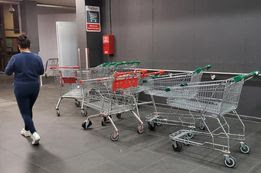Deep Soil - Tree Canopy

https://www.dpie.nsw.gov.au/our-work/programs-and-initiatives/urban-greening/greener-neighbourhoods "DEEP SOIL AREAS, PLANTING AREAS AND CANOPY COVER What is a deep soil area? A deep soil area is a soft landscape area on a lot with no impeding building structure or feature above or below, which supports growth of medium to large canopy trees and meets a 1 metre x 1 metre (1 metre squared) dimension. Deep soil areas exclude basement carparks, services, swimming pools, tennis courts and impervious surfaces. What is a planting area? A planting area is an area with a minimum soil depth and dimension of 1 metre that supports growth of medium to large canopy trees. What is the difference between a deep soil area and a planting area? The difference is that a planting area requires a minimum soil depth of 1 metre whereas, deep soil area does not. What is canopy cover? Canopy cover is the land area covered by tree crowns (branches, leaves, and reproductive structures extending from the tr...
